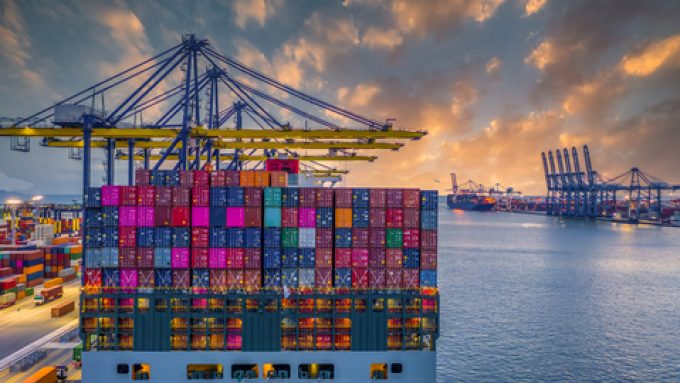With USTR port fees looming, will carriers impose surcharges? ask shippers
14 October is shaping up to be one of the most important dates in this ...

There were further double-digit increases in container spot freight rates this week, after a series of general rate increases and other surcharges came into effect on 1 June, a day or two after last week’s indices were published.
Drewry’s World Container Index (WCI) recorded week-on-weeks gains ...

Comment on this article